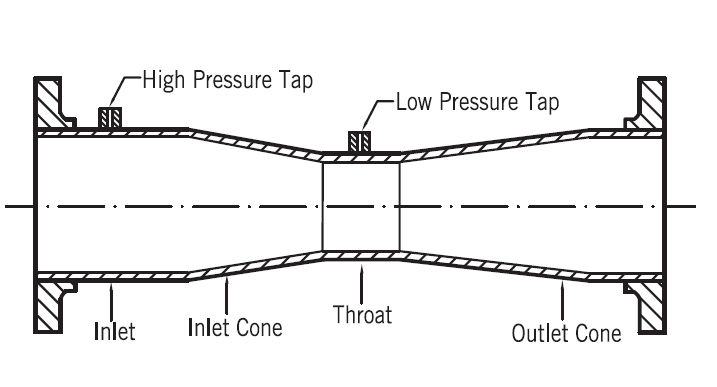In order to run the engine test bed over long periods of time, the aged oil in the system must be exchanged for an upgrade. One of the tasks that our team accomplished this week was driving over to PepBoys and buying Shell Mysella Diesel oil. Even though our system runs primarily on natural gas, the difference between Diesel oil and synthetic natural gas oil is not significant enough where one has to be used instead of the other. Rather, both of these oils are replaceable and can be used interchangeably. Moving forward with the project, we will now be able to run the engine test bed at longer intervals in order to obtain more meaningful results. Along with purchasing the oil, we began initial steps in designing a Venturi meter to be used to measure flow rates in our system. A key resource in designing a Venturi meter is obtaining the handbook distributed by ASME (American Society of Mechanical Engineers) regarding flow meters, how they work, how to manufacture one, and the relevant equations associated with them. Fortunately, the Ayala Science Library on campus had a copy of the handbook entitled “Flow Meters” which we will be using in our upcoming design of a Venturi meter. The picture attached to this blog is a simple schematic of a Venturi meter, detailing the essential aspects that comprise it. In the next couple of weeks, we will design a meter and hopefully have it ready to be used in our engine test bed.
By Christopher Ferro, Engine Test Bed

